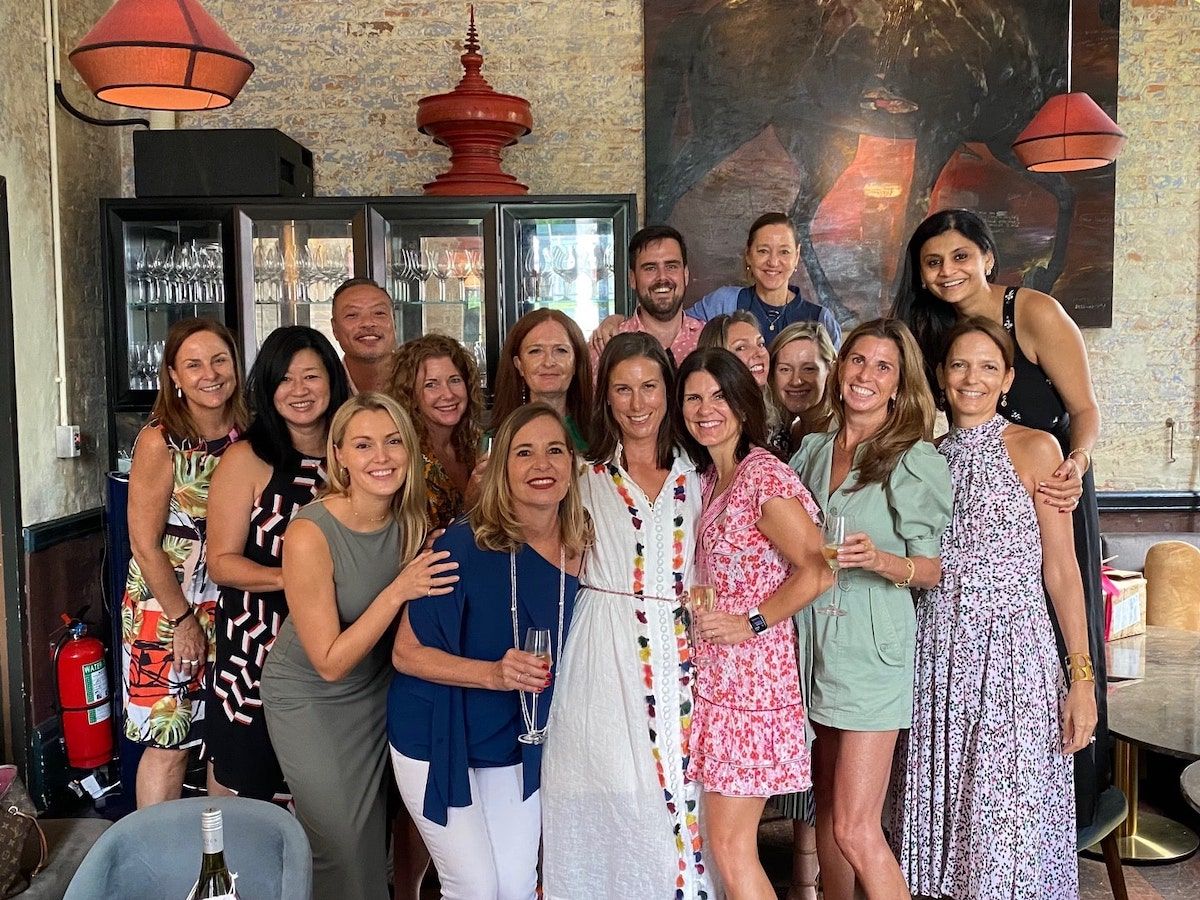For our Money Milestones series, Victoria Allan of Habitat Property opens up about her investment deals, financial independence and involving her kids in her business
Buy, renovate, repeat. Over a few decades in property, this has become a familiar and successful pattern for Victoria Allan.
“It’s a really good way to save money because if you buy a property, you’re forced to pay the mortgage every month,” she says. “You’re forced to work harder because you have to make those commitments, so you create your own Catch-22 and are more driven to perform.”
Renovation costs are an added motivator and a creative outlet for Allan, who enjoys coming home from work at Hong Kong-based Habitat Property and poring over designs and finishes. So much so that when a project ends, she tends to feel lost. She’ll reward herself with a special purchase and then she’s off to scout the next opportunity.
“Everyone says property is location, but I focus on what’s different, whether it’s a unique view or outside space or the potential to combine and add value through renovation,” says Allan. “From an investment perspective, I’m quite aware of being female and think it’s important to be financially independent. If you can get assets together to add value through renovation, then you’re adding value for yourself long term.”
Below Allan shares lessons on putting deals together and building an innovative, flexible business—plus how to use property not only as an investment but also to enhance your lifestyle.
Don't miss: Women of Worth: A Series Celebrating and Supporting Financial Empowerment

Founded Habitat Property (2001) = closed first deal of HK$350,000
Growing up in Perth, Australia, we had family friends who were property developers. Before university, they sat me down and explained that real estate is a great career because you can travel with it and there are a lot of different things you can do in the industry. That’s proven to be quite good advice for me.
By the time I came to Hong Kong in 1997, I’d worked in valuation, planning, management, consultancy research and sales. I was transferred to the US for a year and when I returned in 2001, I decided to launch Habitat Property.
My first deal was for my ex-employer, a dot.com going bust, and I was negotiating out of a lease to terminate its commercial offices. The company was about to go into liquidation, so I was pushing for my payment. I knew which bank it worked with, and I opened an account there because it was the only way I’d get the money. If I had to wait a day for the cheque to clear, it’d be too late. I remember getting the cheque and running to cash it before 5pm.
That cheque gave me enough money for about six months during which I began working in residential leasing and sales. My first Habitat commission was a referral from a friend, and I earned about HK$80,000. Hong Kong is amazing in that people are very sweet and generous in supporting those starting businesses.
Don’t miss: What Does It Take to Become an Entrepreneur at 51? Josianne Robb Shares Her Money Milestones
















